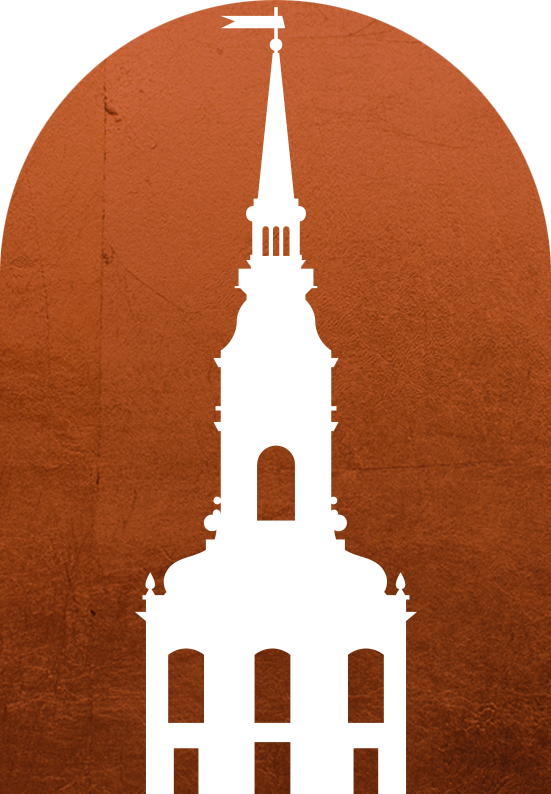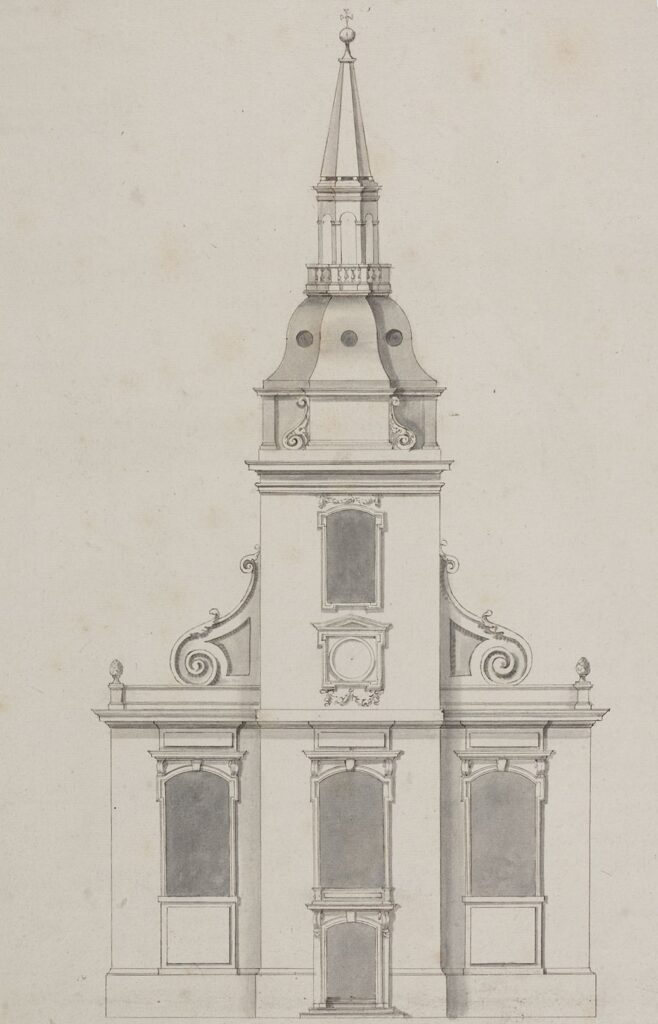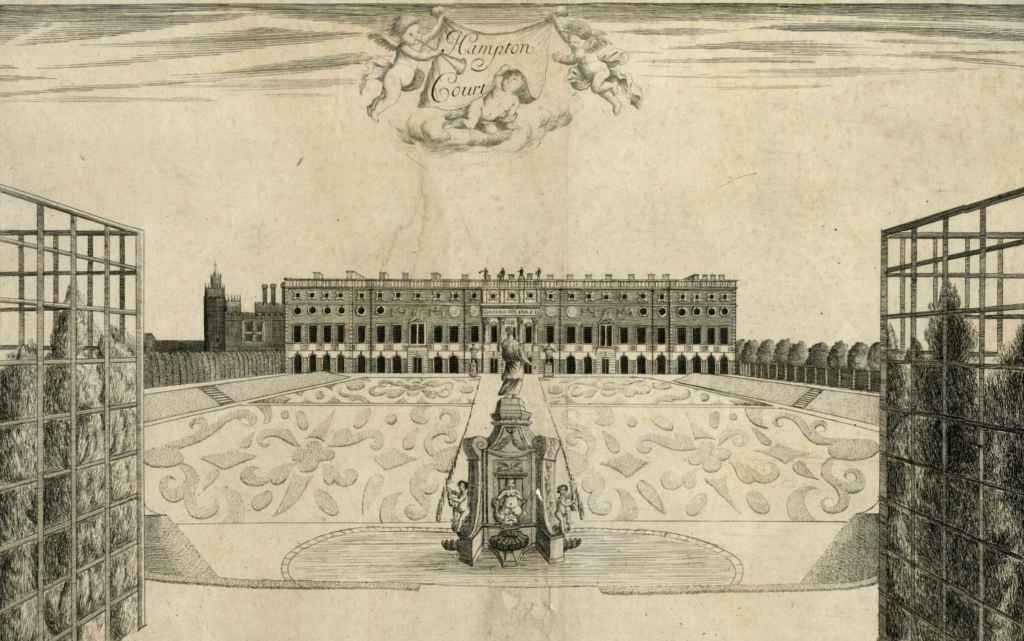St Martin Ludgate
Read the stories of four that either survived or succumbed to the flames, and how they reemerged from the ruins.

It is dedicated to St Martin of Tours, a patron saint of travellers, and falls within the ward of Farringdon Within. The church was destroyed as the flames of the Great Fire swept westwards on Tuesday, 4 September 1666.

The site lay in ruins until 1673 when the mason John Young dismantled the rest of the building. Unfortunately, as the old tower was taken down, windows of the neighbouring houses were accidentally broken.
So that St Martin’s parishioners had somewhere to worship while the church was being replaced, a temporary building called a tabernacle was constructed on the cleared site. This wood and brick structure was used while the new church was built around it. The work was led by master mason Nicholas Young, John Young’s son. Like his father, Nicholas was a member of the Worshipful Company of Masons, becoming both Warden and Master.

The parishes were responsible for paying for the furnishings and fittings of the rebuilt churches. While most of the fittings were simply made, a fine marble font was donated by the parishioner Thomas Morley in 1673 and stands in the church today.
St Martin’s was mostly completed by 1682, with the tower and steeple finished by 1686. It remains one of the least altered of Sir Christopher Wren’s City churches as it suffered very little damage during World War II.

While the church of St Martin Ludgate is thought to have been by Wren, it was his principal assistant, Robert Hooke, who directed much of the building work and is believed to have helped design it. But it was Wren rather than Hooke who received a gift of wine by a grateful parish.
For eleven years, a team of skilled craftsmen worked on the new church, finishing it in 1686 at a total cost of £5,378 10s. 3d (about £615,569 today).
One of the main contractors, mason Nicholas Young, was paid over £3,100 (£371,000) for his work, including the provision of various different types of stone. Nicholas also had a personal connection, serving on St Martin’s vestry committee, and baptising his daughter Sarah there in October 1671.
Many of Wren’s contractors served in the Office of Works responsible for the rebuilding. These included the master carpenter Matthew Banckes, who lived with his family in one of the official residences at Hampton Green, as did Wren himself. Banckes oversaw the construction of the tower and spire at St Martin’s and from 1688 was preoccupied by the transformation of Hampton Court Palace for the new monarchs, William and Mary.


Worth noting are the four wooden doorcases elaborately adorned with flowers, fruits, and open pods of peas by William Emmett, previously the King’s master carver. This naturalistic design was in the fashionable style pioneered by Grinling Gibbons, the celebrated carver of the day whose yard was close to the church in Belle Sauvage Court. He began the use of an abundance of fruit, flowers, game, fish, birds, and peapods, which others copied due to their popularity.
Read the stories of four that either survived or succumbed to the flames, and how they reemerged from the ruins.
Keep up to date with the latest news ...